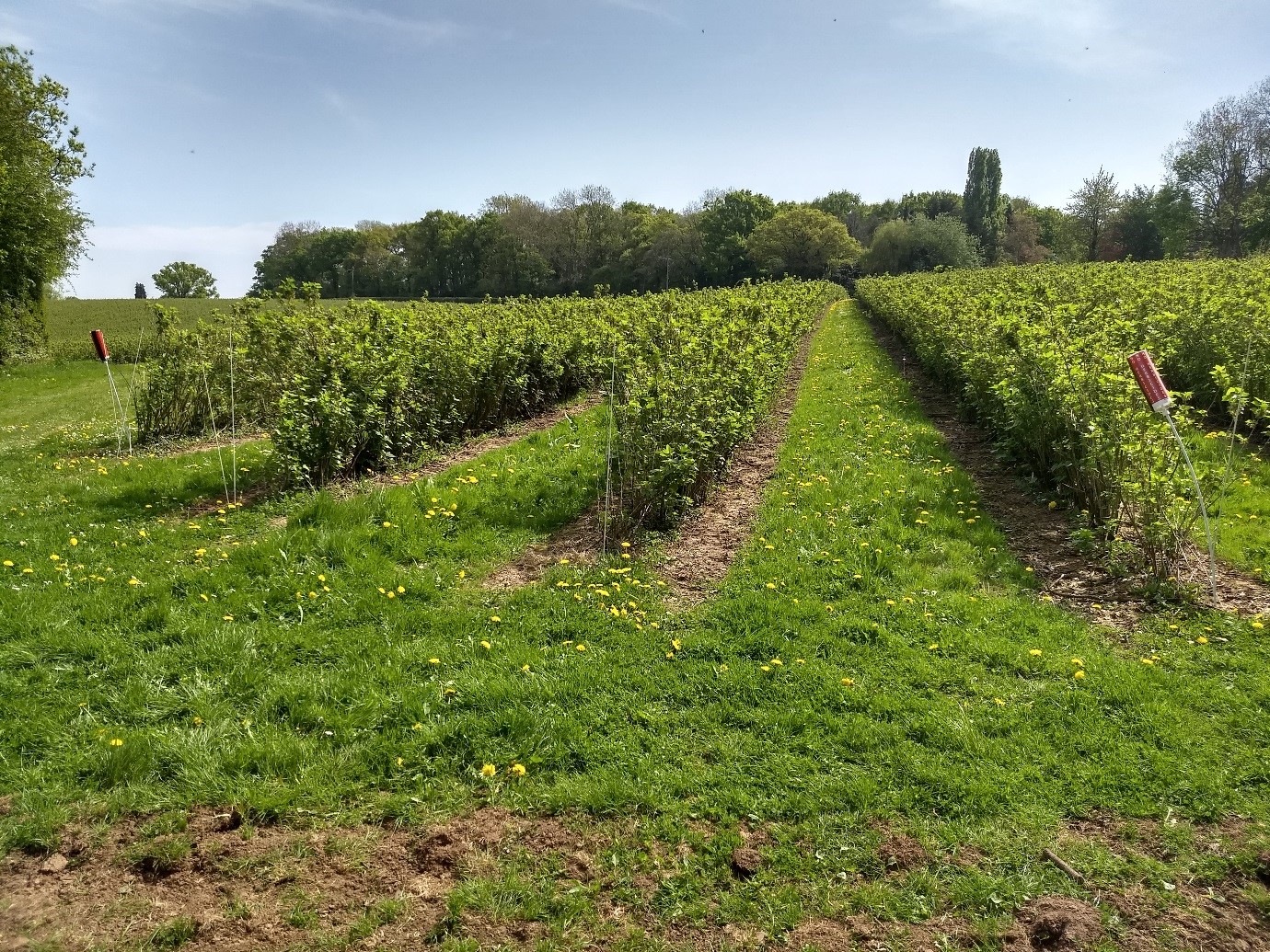Please click here to access the main AHDB website and other sectors.
- Home
- Why won’t it die?
Why won’t it die?
By Sonia Newman, September 2020

Weeds can pose substantial problems for growers of blackcurrants and other bush fruit, particularly where the crop is mechanically harvested. Three of the most problematic weed groups are thistles, nightshades and bindweeds. The issues with each are outlined below and highlight the need for a combination of effective residual and contact herbicide controls.
Creeping thistles (Cirsium arvense) are a particular problem because the heads will end up in the bin during harvesting, resulting in contamination of the fruit sent for processing. The seeds of this thistle species germinate readily and it is difficult to kill once established because it has a tap root and can regenerate from broken pieces of root.
Black nightshade (Solanum nigrum) produces poisonous green berries that turn matt black when ripe. These can easily be mistaken for ripe blackcurrants, and although the black nightshade berries are not poisonous, any bins contaminated by green berries will not be accepted by processors. Black nightshade reproduces by seed, and germinated in May-June after residual herbicides applied to the crop rows have lost their efficacy. The green berries start to develop in late July just before the blackcurrant harvest commences.
Field bindweed (Convolvulus arvensis) grows over bushes and smothers establishing cuttings, limiting growth in the first year. When smothered bushes are mechanically harvested, it can cause damage to the bush and create entry points for disease. Field bindweed spreads both by seed and a long-lived root system from which it can easily regenerate.
Contact and residual herbicide trials have been run as part of the SCEPTREplus programme of work looking to aid weed control in blackcurrant crops, which is particularly important as actives are under review and subsequently lost. The residual trial was hosted this year at a farm in the west in a field with a history of nightshade and thistles. Analysis of the results are currently underway and the report will be available soon after completion.
The trials have highlighted a few potential actives which are worth pursuing for new EAMUs for blackcurrants (at least one contact and one residual).


